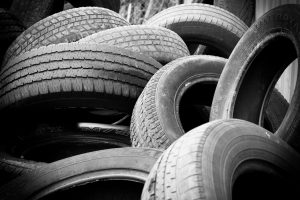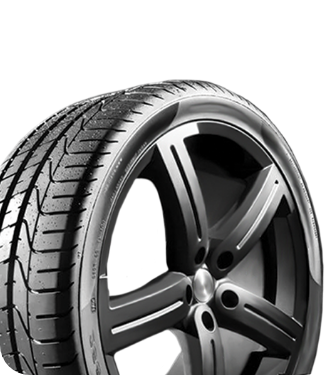

What Is Caster on Car Tires and Why It Matters
Tires |What does caster mean for your car tires, and why does it matter? We answer those questions and more in our brief explanation of the ins and outs of tire alignment.
What Is Caster?
The caster on a tire is the forward or backward angle of the suspension components as they meet the wheel. If the caster is positive, the suspension meets the tire at a sloped angle toward the front of the vehicle. If the suspension slopes towards the vehicle’s rear, it’s a negative caster angle. Suspension that meets the wheel in a straight line is a neutral (or zero) caster angle.
Knowing what caster is and why it matters is important because the caster alignment affects your vehicle’s steering, ability, and cornering. The caster only occurs on the turning wheels for two-wheel drive vehicles, not all four.
Positive vs. Negative Caster
Positive and negative caster alignment brings distinctive qualities to the wheel, tire, and vehicle. Positive caster has two primary benefits—it will improve the vehicle’s stability at straight-line speed and improve its handling and cornering performance.
Positive caster maximizes the tire’s contact with the road when cornering for maximum grip, making the vehicle more stable at straight-line speed. Negative caster isn’t typical in modern road cars because it doesn’t offer many advantages; instead, it results in a loose steering wheel and front-wheel instability. The only notable advantage of a negative caster is that it makes turning the wheel easier.
Caster, Camber, and Toe Tire Alignment
Caster is just one aspect of tire alignment with camber and toe. The camber is the angle of the tire when viewed from the front—inward or outward. Most modern cars have a slight negative camber—the wheel pointing outward—to improve balance and grip while cornering.
Toe alignment refers to whether the vehicle tires point inward or outward when viewed from above. Toe-in means the front of the tire points inward, while toe-out means the point outward. Toe-in alignment reduces steering response but improves high-speed stability. Toe-out alignment wears out the inside tire tread quickly but improves acceleration.
Conclusion
There’s much to consider regarding your vehicle’s tire and wheel alignment! At our tire shop in Clovis and other locations nationwide, RNR Tire Express will ensure your tire and wheel alignment is ideal for your vehicle so you get the best driving experience. Visit RNR Tire Express today if your tires seem out of alignment.





